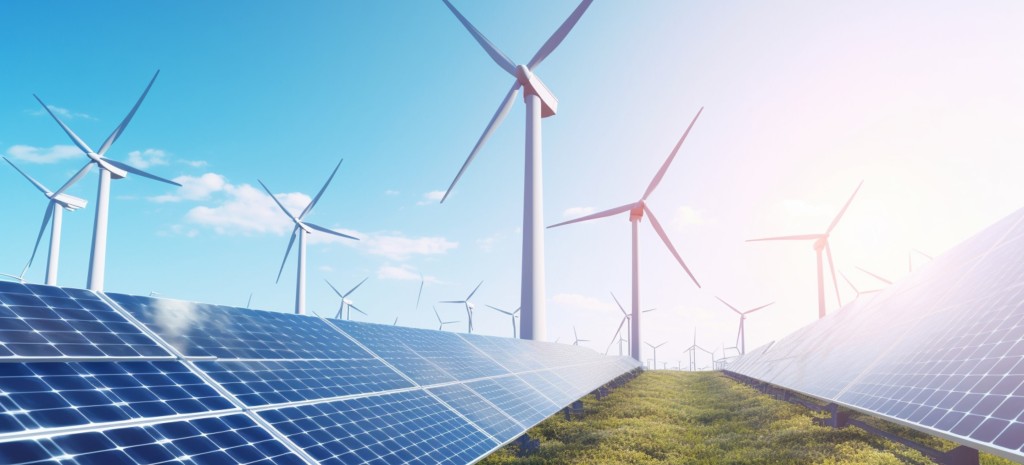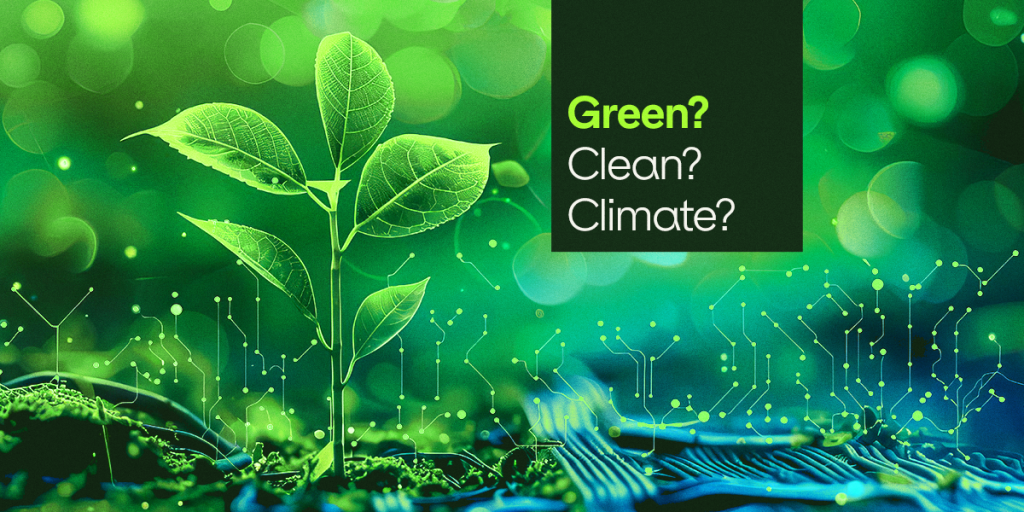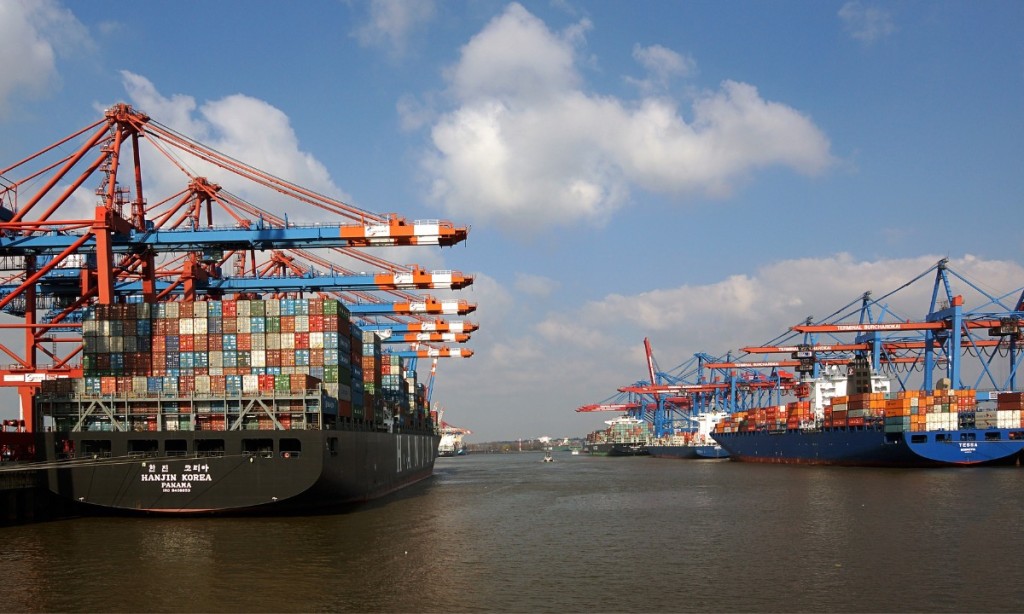Bridging the gap to renewable energy — Why we invested in Nextron
We are happy to announce our new investment in Nextron, a renewable energy marketplace connecting distributed solar energy producers to small and mid-size consumers (businesses and households) looking to reduce their electricity bill. The investment is aligned with our thesis within the vertical: “Renewable Energy & Energy Efficiency”.
The combination of four main factors is fostering innovation and creating investment opportunities in the Brazilian energy sector: (i). drop in prices of renewable technologies (especially solar), (ii). rising prices of electricity in Brazil (due to the impact of water shortages on hydropower), (iii). Brazil’s geographic advantages, and (iv). the recent advances in the country’s regulatory framework. These factors are setting the stage for major transformation in the energy sector .
Nextron is our first investment in the energy sector, we have been carefully studying the sector to find the right opportunities. In this short article, we share an overview of what we have learned, and our rationale for investing in Nextron.
1. THE BRAZILIAN ENERGY MARKET IS MASSIVE, YET FULL OF INNEFICIENCIES
Clean Energy
The Brazilian electricity matrix has one of the largest shares of renewable sources in the world, with a total of 84% coming from these sources, while the global average of renewable sources stands at 27%. Hydropower is responsible for 65% of total electricity generated in the country.


Rising Prices
Despite its clean sourcing, Brazil has expensive electricity. Brazilian households pay $0.15/kWh for electricity, vs. global average of $0.13/kWh. Compared with other developing countries, we’ll see that Chinese, Russians and Indians pay around $0.08/kWh.
We see two main factors weighing on Brazil’s electricity prices. First, the high dependency of hydropower, over years of draughts, have demanded the use of more expensive thermal power, driving the overall tariffs up. From 2014 to 2021 alone, Brazilian households experienced an increase of ~150% in their electricity bills, beating the inflation of ~70% in the period. Second, Brazil is a country of continental size, which makes the transmission of centralized energy production very expensive. According to the World Bank, the global average of electricity lost during transmission and distribution is 13%, while Brazil losses range 16%.


Growing Demand for Alternatives and Decentralized Sources of Electricity
Rising prices in electricity and lower prices for renewable technologies, is driving an accelerated demand for cheaper alternative and decentralized sources. Thus, we expect to see over time the centralized model (energy consumption away from production) lose ground to distributed generation (DG) energy models, in which energy is produced close to the consumer market with smaller and faster models of production, either by solar or by biomass sources.
In 2021, the Brazilian electricity market had an annual consumption of 500.209 GWh, approximately equivalent to R$300Bln, ranking top-10 in the world. It is estimated that in the next decade total electricity consumption will grow 20% more than the Brazilian economy, at an average annual rate of 2.5%, with Distributed Generation (DG) leading growth.
Exponential market growth of the photovoltaic DG market
In 2021, solar energy was responsible for the largest addition in installed capacity globally, adding over half of the renewable additions, accounting for 133GW of the 257GW. Brazil, however, a country with one of the highest favorable conditions for PV power potentials due to solar irradiation, is still lagging behind other countries in terms of installed capacity. Brazil rank 13th in installed PV Solar capacity — after countries such as Vietnam, Korea, and Spain — and this source of energy represents only 4% of the current national installed capacity.
Nevertheless, we have been seeing a change in the sector as solar energy has started to show significant growth recently: 60% in 2020 and 120% in 2021, a trend that should keep up at a very fast pace. According to EPE (Governments’ Energy Research Office), solar energy capacity should represent 17% of the national matrix in 2031 (from 4% today). This represents a CAGR of 16.6% in the next 10 years.


The New Regulation — Open Energy
The new legal landmark signed in 2022 regulates the energy market and expands the country’s capabilities of attending smaller and fragmented clients with a better energy offering from different players in the DG system. Consumers are now able, without any kind of investment, to buy energy directly from a generator and use the distributor’s infrastructure for a fee.
This new regulation sets “free” 82 million consumers which now will be eligible to find cheaper and cleaner energy alternatives. The majority of this addressable market stands in residential households, representing 75 million units of consumption, while the remaining 7 million are commercial entities. All together, they consume approximately 200,000Gwh/year, or R$150 billion reais.
2. NEXTRON IS POSITIONED IN THE SECTOR’S MOST STRATEGIC POSITION: CLIENT ACQUISITION AND ENERGY DISTRIBUTION
Within this growing market arises the demand for a platform that service consumers not only with a cheaper energy offering, but also with a high-level service and technology; a player which connects the generator and the final client. This is what Nextron does. With a powerful customer acquisition model and a cutting-edge product/tech service, Nextron is offering to consumers of all classes, a clean energy that is 15% to 20% cheaper.
Nextron’s 100% digital journey will facilitate newcomers into their onboarding process. The platform — Energy as a Service (EaaS) — contemplates three core components:
- Nextron Connect: a virtual utility that simplifies access to clean energy for retail and residential energy consumers.
Tailor made energy subscription plan with monthly guaranteed savings of up to 20% on energy bills without costly commitments or change in electricity services.
- Nextron Core: provides a “turnkey” solution for clean energy developers to decentralize risk investment and operations.
Streamlines the operation, decreasing OPEX and generating stronger retention rates, more consistent and predictable cash flows.
- Nextron Invest: allows qualified and unqualified investors, direct investment into clean energy projects.
Offsets carbon footprint, provides stable dividend distribution, and generates liquidity for clean energy project investors.
3. NEXTRON’S TEAM IS COMPLEMENTARY AND HIGHLY EXPERIENCED
Nextron was founded by Ivo Pitanguy, CEO who has an extensive experience in Distributed Energy leading projects such as in the Foresight Group in Italy and USA, Ahana Renewables in USA, and lastly, he was a partner at Mori Energia, one of the largest DG projects in Brazil. On the tech side, Roberto Hashioka is a software engineer with over 10 years of experience in growth and software engineering in large technology companies, prior to founding his last endeavor called MShield, which operated on the fraud, prevention and risk management space.
Looking Forward
Renewable energy and distributed generation systems are key to success transitioning to a world less dependent on fossil fuels for energy. As photovoltaic projects multiply throughout Brazil and consumers demand more affordable and cleaner electricity, a platform that connects the dots has the potential to become a significant energy player. Go Nextron!










